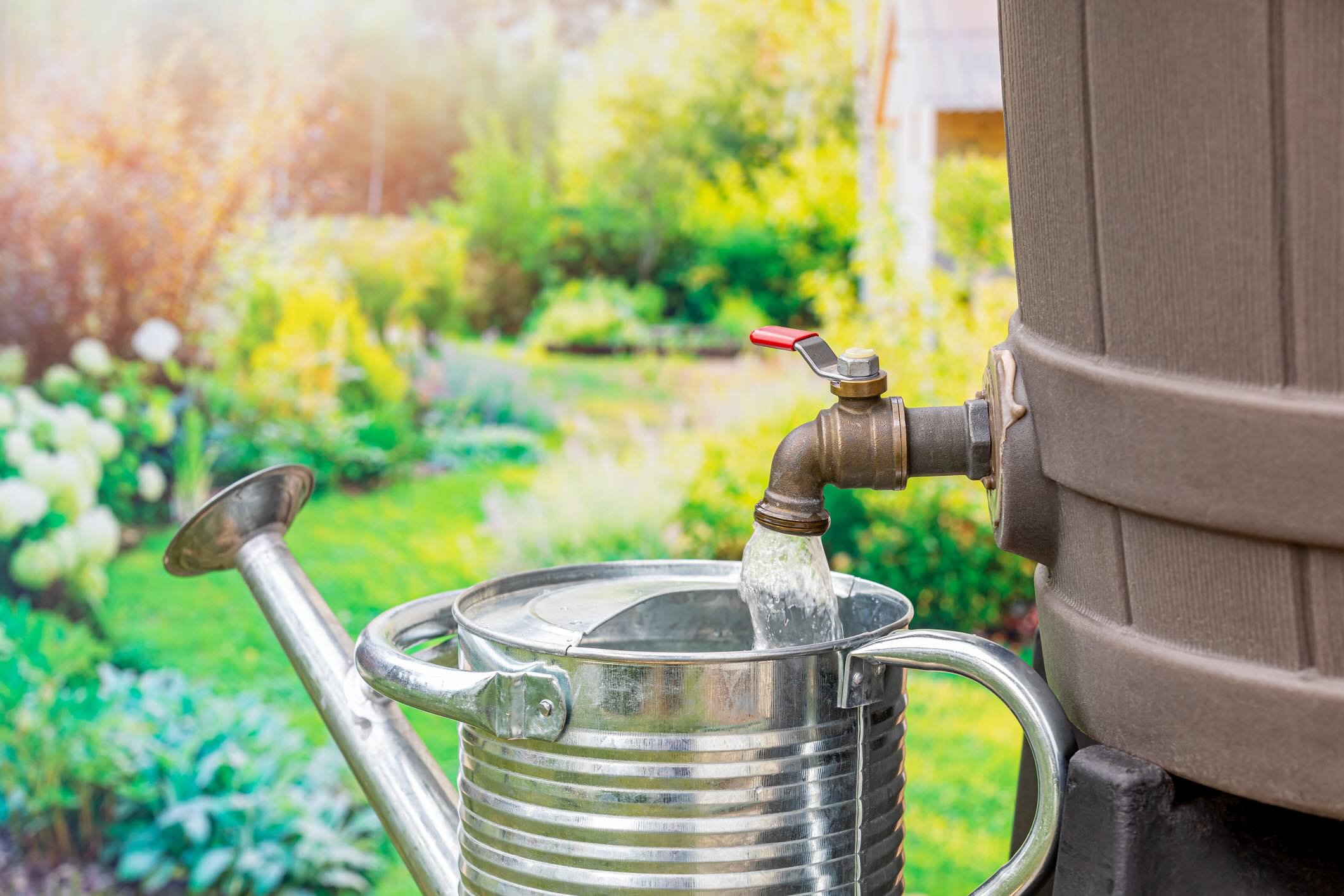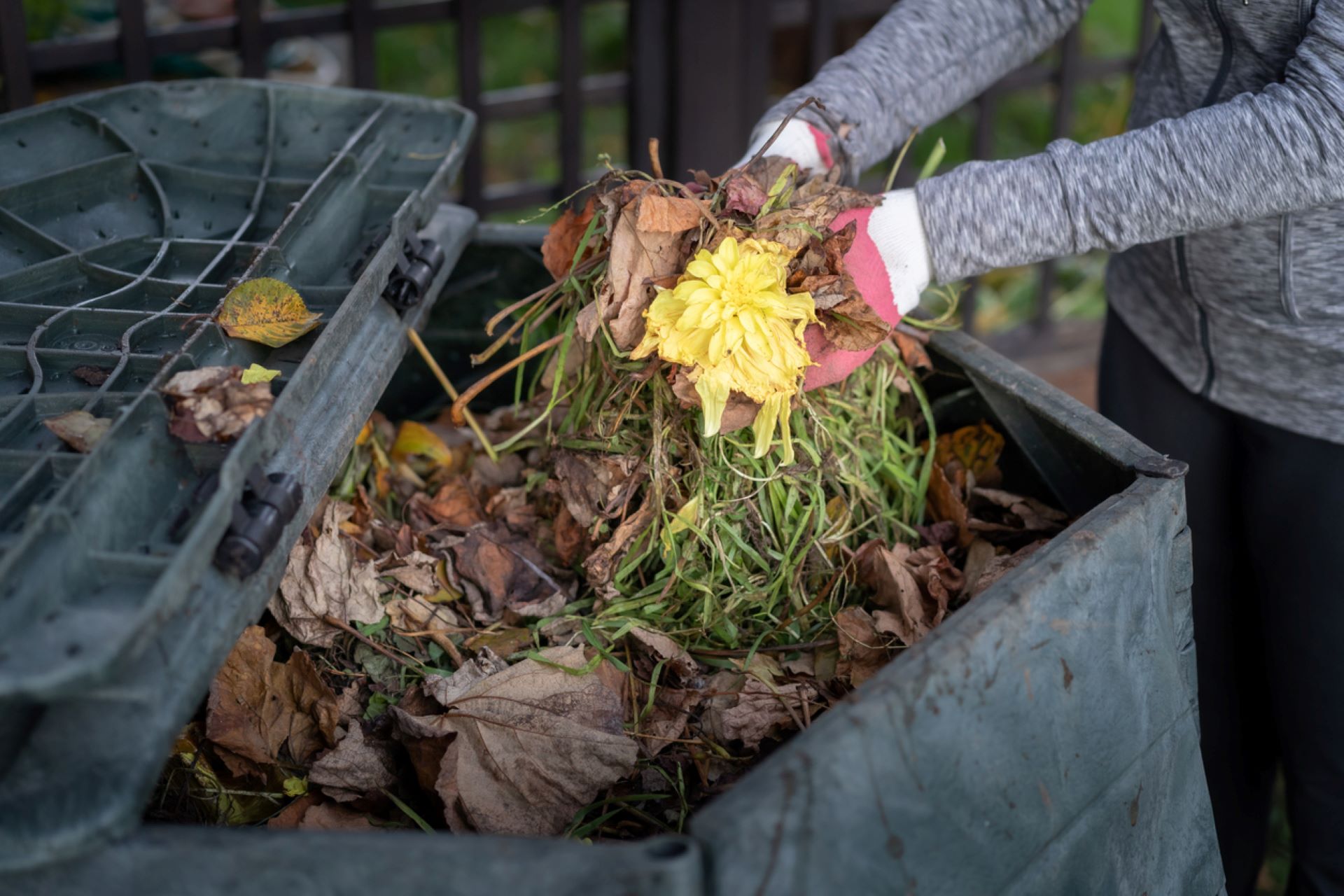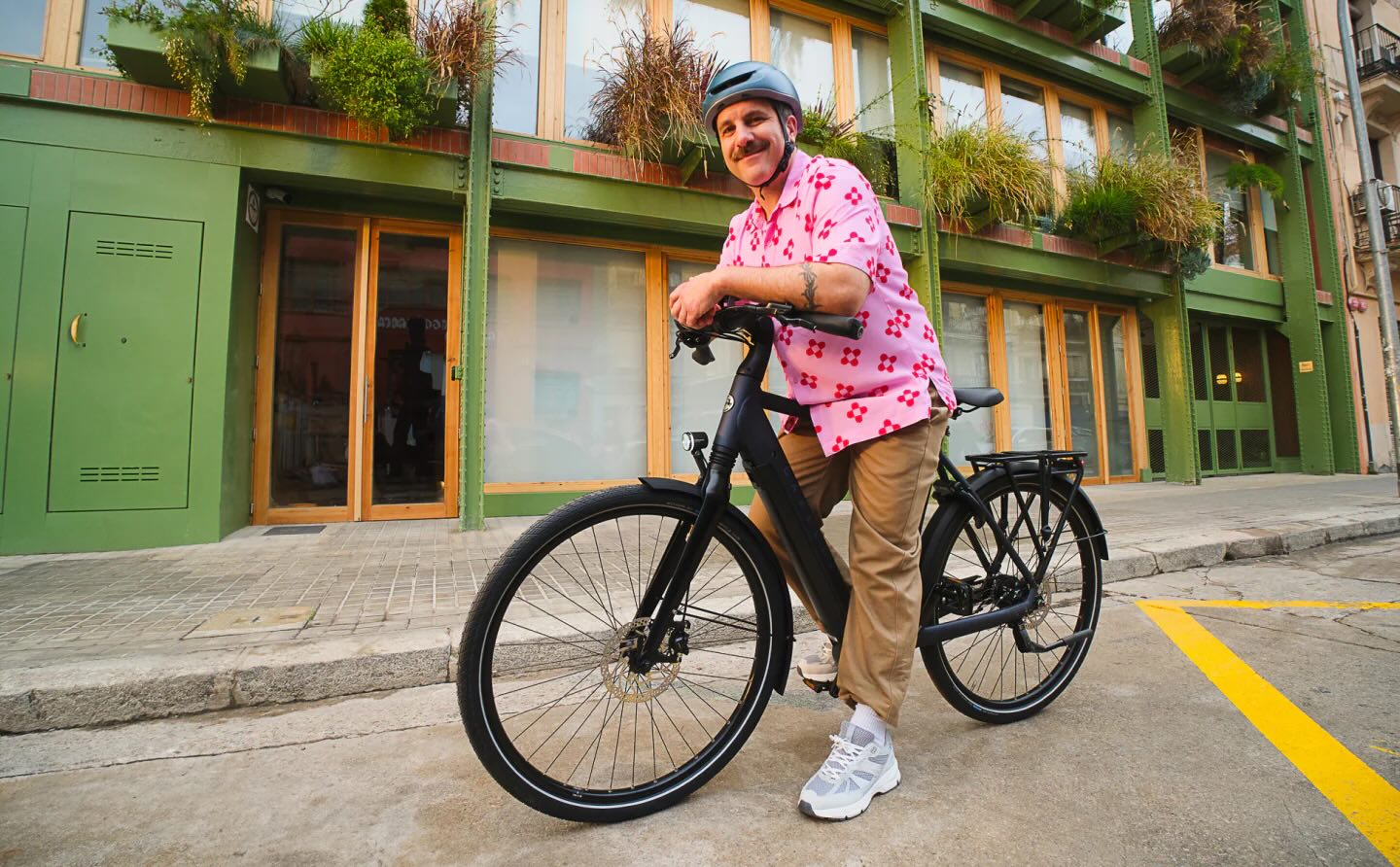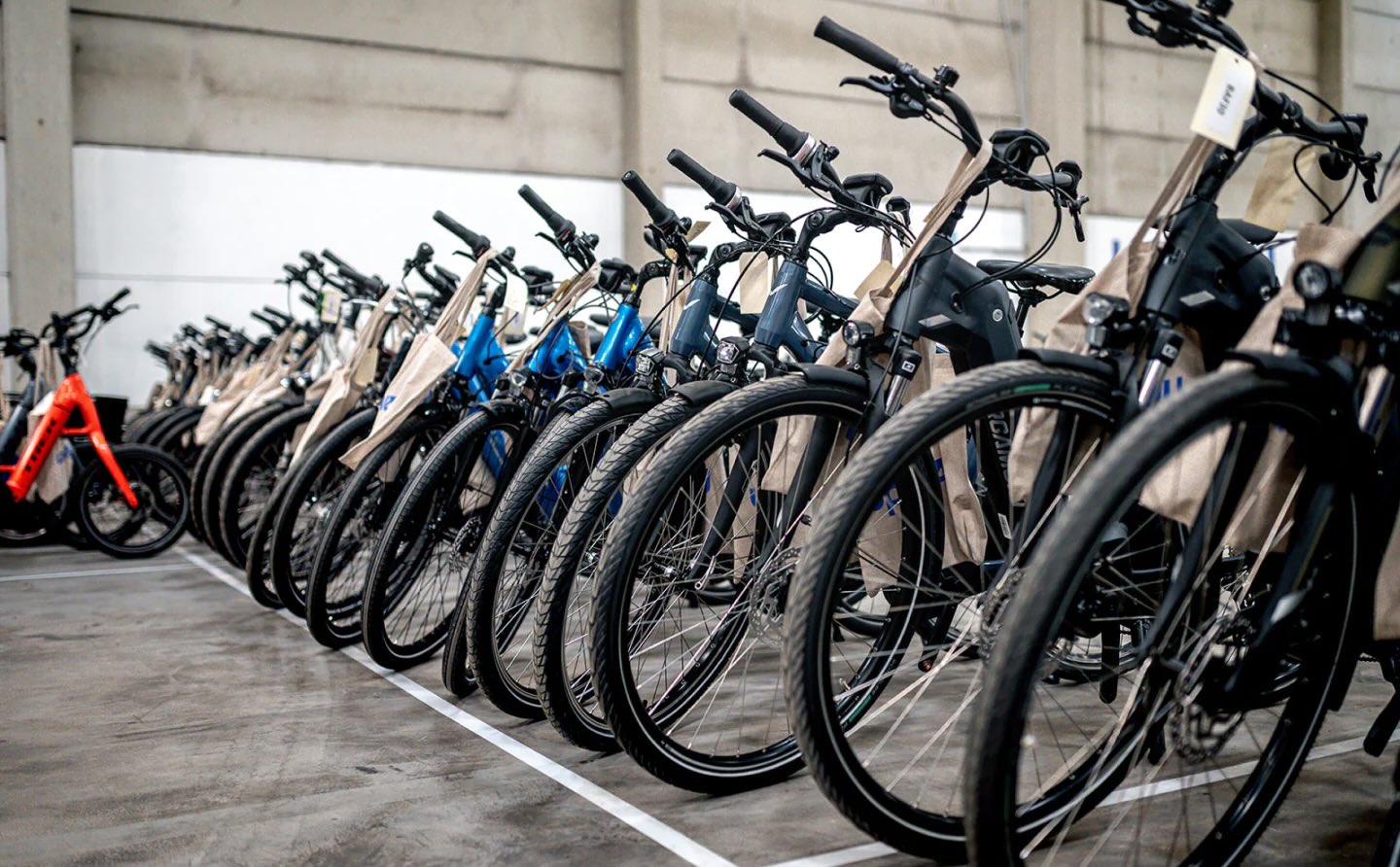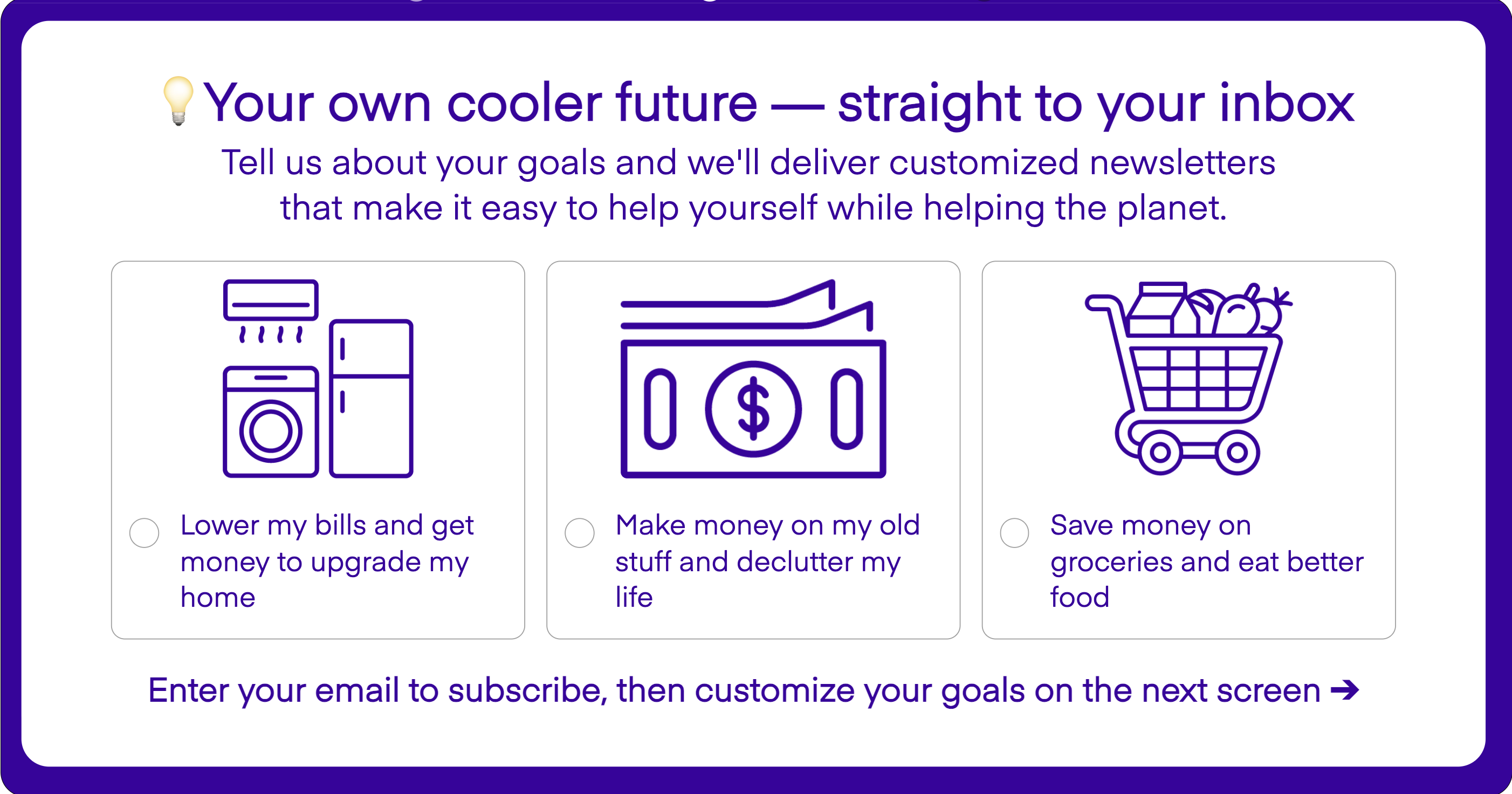Virginia restaurants are turning an environmental challenge into a tasty opportunity by adding blue catfish to their menus, reported The Virginian-Pilot.
This predatory fish has overtaken the Chesapeake Bay since its introduction in the 1970s, but now locals can help restore balance to this ecosystem one dinner plate at a time.
Blue catfish populations in the bay have exploded to between 700 million and 1 billion pounds. These hungry invaders consume everything from crabs to oysters, threatening species that environmentalists have worked hard to rebuild. A population this size can remove up to 60 million pounds of seafood daily from the bay.
The solution? Make these fish a regular part of your diet. Skrimp Shack, a local seafood chain, has successfully added blue catfish to its menu. The fish works beautifully in many cooking styles, from frying to grilling to blackening.
TCD Picks » Uplevel Your Yard

"It's almost as versatile as chicken, truthfully, but with more moisture internally, getting more flavor than chicken," said Kyle Rowley, chief operating officer of Skrimp Shack. Choosing blue catfish at restaurants or grocery stores — a versatile, tasty protein — protects the bay's native species.
For watermen, blue catfish offer a unique economic opportunity. Unlike most seafood catches that face seasonal restrictions, blue catfish can be harvested almost year-round with no limits. Virginia has already invested $500,000 in grants to boost production and make processing more efficient.
Watch now: Giant snails invading New York City?
"They eat everything," said Chris Moore, the Virginia executive director for the Chesapeake Bay Foundation. When you see the damage firsthand, it's shocking.
"When you open up the bellies on these catfish, you see 20, 30, 40 crabs in the belly at one time. So how many times a day are they doing that?" noted Mike Hutt, executive director of the Virginia Marine Products Board.
The push to popularize blue catfish is saving dinner tables, jobs, and traditional seafood industries that have defined the region for generations. By making one simple swap on your plate, you become part of the solution to a significant ecological challenge.
|
How often do you eat meat in a normal week? Click your choice to see results and speak your mind. |
Join our free newsletter for easy tips to save more and waste less, and don't miss this cool list of easy ways to help yourself while helping the planet.
TCD Picks » Upway Spotlight



